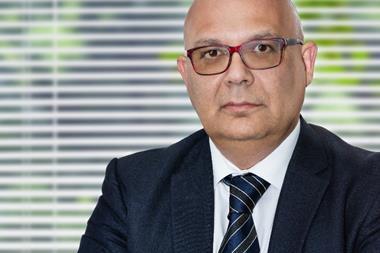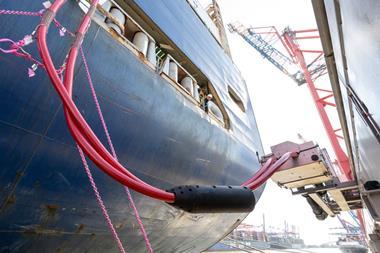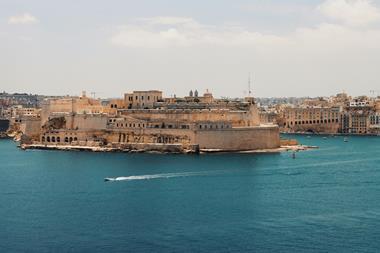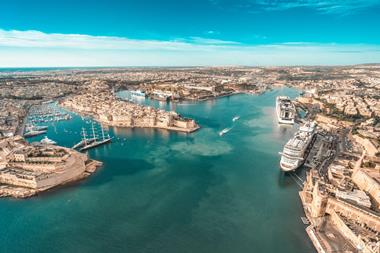‘Be positive’ about artificial intelligence (AI) and automation, GreenPort delegates were told.

“We don’t see AI as something bad for the industry but something good for the future,” said Miika Murremäki, head of digital solutions at Kalmar. “For example, by detecting how an operator moves or handles equipment, or for practising those movements.”
The implementation of AI would be more of a cultural issue [of acceptance] and is not going to be a threat, said Pablo Galán, head of business development at the University of Valencia’s Simodar Training Solutions, said: “All the hassle with ChatGPT will be repeated with other aspects such as automation. Be positive – it is something that is going to improve the process,” he said.
Both were taking part in the GreenPort session on digitalisation and technology, which was opened by Richard Willis, technical director, port operations and technology at RoyalHaskoningDHV.
Willis outlined ‘Moving on the Mersey’, a project set up under the Maritime 2050 strategy to develop ideas around using water for different ways of transport, bringing together various technologies to decarbonise transport.
“The point of the project was to create new transport modes but also to bring life back into old or redundant port assets,” he explained. “Many ports traditionally have moved towards the sea or made more space for bigger ships, so that some of the older maritime assets in the city centre need to be repurposed.”
Three technology-driven journey concepts were developed on the Mersey: for passengers (an on-demand taxi boat linking to the regular ferry across the river), tourists (a 50-passenger waterbus fleet in the Liverpool Waters hotel/residential area), and freight (linking in with the Liverpool City Region Freeport and focusing on remote control barges, electric or hydrogen fuelled, moving cargo from the deepsea port along the canal network).
Common issues were automation, remote control for vessel systems, positioning precision and mixing with other traffic, said Willis. For the customer experience, technologies examined included electronic ticketing, scheduling optimisation, dynamic fleet assignment and lower-carbon power, zero-emissions craft. “The technology is available to create those solutions. How can we make this happen?”
While cities do have Net Zero policies, often the waterside is neglected, said Willis – “but the river can be used for transport”.
Miika Murremäki described use cases and experiences using data analytics, AI and simulation to increase productivity, sustainability and safety.
“Everything starts with data and when you start discussing it, you need to discuss who owns it. This is a big topic across all industries,” he said. “When data has been collected and you have complex challenges you need to solve, these require data-based decision-making with a collaborative approach.”
He gave details of predictive maintenance cases including brake dragging, wheel alignment and hydraulic pump issues, with associated analysis and action to save costs and avoid breakdowns, as well as examples of equipment simulation and demand planning.








